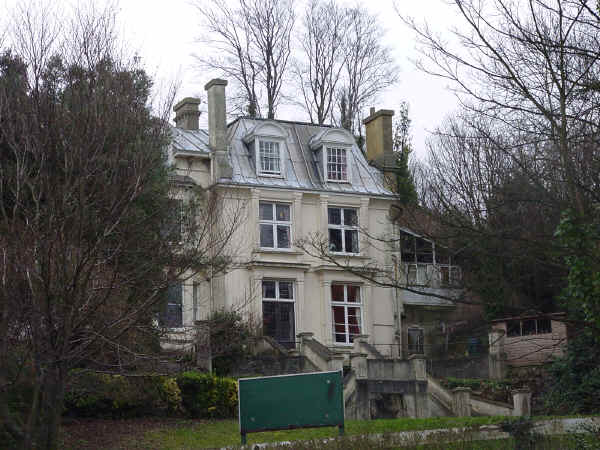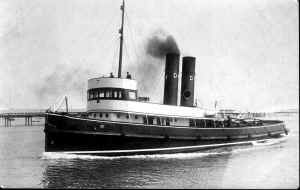| Index ... | Sir William Crundall and Woodside | |||

Woodside, at the junction of London Road and Whitfield Hill, now a Residential Home, was once the home of Sir William Crundall, a wealthy local businessman and former Mayor.
|
||||
| Timber merchant, property developer and twelve times Mayor of Dover
(including the periods 1887-9 and 1892-4),
Sir William Crundall was very influential in local politics and did much
to shape the town.
A member of the Conservative party, Crundall served as the Council representative on the Dover Harbour Board until he was sacked from the Board following a row with the Liberal Chairman of the Board, Lord Granville. Following his removal from the Board, Sir William tried, and almost succeeded, to gain control of the Harbour for the local Council, but the case was stopped by the House of Lords. He was later to become Chairman of the Board. In the early 1900s, he managed to persuade Kaiser Wilhelm to use Dover as a port of call for German Atlantic liners. For a photo of Sir William Crundall, see Smith (p.117). Sir William was honoured by the Harbour Board in 1906, when they named
one of the steam locomotives used to haul trains along the sea front and
through the docks after him (see photo in Hollingsbee). |
Lady Crundall was also honoured by the Harbour Board in 1906 when they named one of their tugs after her. My grandfather, William George Sharp, went to South Shields in November of that year to collect her from the shipyard. His wages as an Ordinary Seaman at that time were 15s a week, with £1 per cent of any salvage.
The picture above shows the Lady Crundall steaming into the
Commercial Harbour, with the Prince of Wales Pier behind. I
believe that the skipper on the bridge is my great grandfather, also
William George Sharp. (see DHB Tugs for more
pictures of the Lady Crundall and other Harbour Board vessels.) |
|||
|
||||
|
Crundall's timber yard was still operating from the Wellington Dock in the 1960s, occupying the corner of the quayside by Northampton Street. I can remember going there as a boy with my father to buy timber for various DIY projects. The business was taken over some time later before being swept away, along with many other homes and businesses, when Snargate Street was widened to form the new A20 to the Eastern Docks. |
||||
|
|
|
Information about Sir William Crundall taken
from Smith (1988) and Hollingsbee
(2000) |
||
